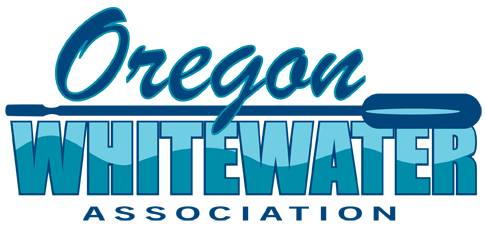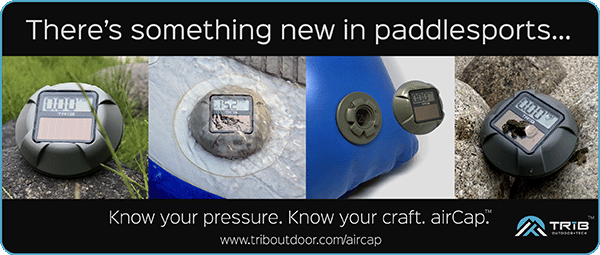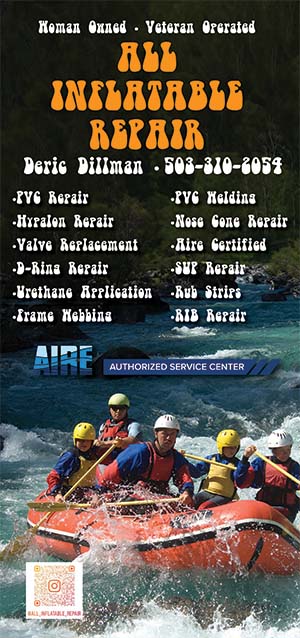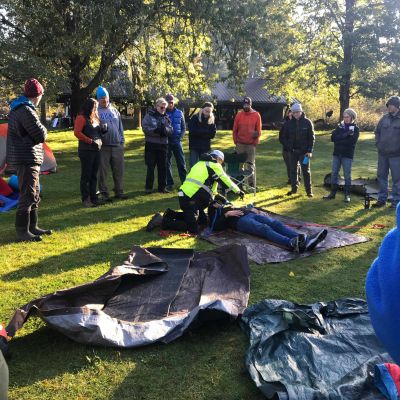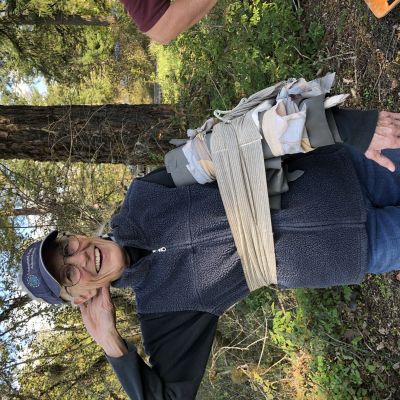Safety Whistle Etiquette for Water Rescue
Safety Whistle Etiquette for Water Rescue:
By: Scott Harvey
To help avoid confusion during a water rescue or recovery there is a standard whistle usage protocol that is used to keep mass confusion and disarray under manageable control. Below are the standards of whistles taught in wilderness rescue courses while a swimmer or equipment rescue or recovery is underway.
-NO whistle blast if the person/swimmer and gear are being managed and there is no threat of bodily harm or equipment loss. Verbal noises or commands can be used in place of a whistle blast, if coordination is required.
-ONE whistle blast is used when person / swimmer still needs help or gear is floating unaddressed.
-TWO whistle blasts are typically NEVER USED, so as not to confuse the distinction between simply calling one’s attention versus a true EMERGENCY.
-THREE whistle blasts are used to define a SEVERE INJURY or LIFE THREATENING EMERGENCY requiring all hands on deck. Novice paddlers should get to an eddy or take out on shore immed⁷iately. Veteran paddlers should immediately collocate and prepare for extreme rescue, extraction, or complex first aid. Ropes and first aid kits should be at the ready.
The durable Fox 40 pealess whistle (115dB) or the Sonik Blast Fox 40 (120dB) whistle is the whistle of choice among boating enthusiasts and water rescue organizations. It's intense decibel high-pitched trill can be heard over long distances and water does not affect the Fox 40's performance.
A few more paragraphs
Finish the Trip Report
